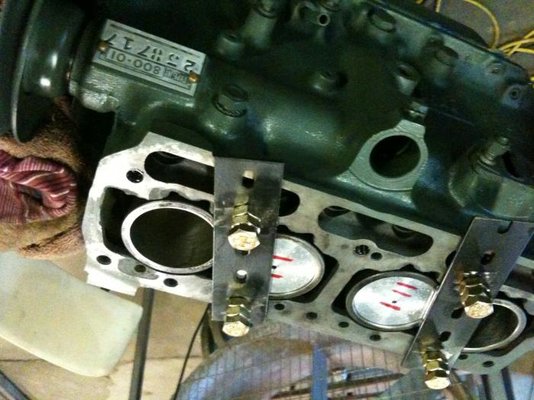This may be a daft question, but is it possible on an 845cc engine to remove the pistons down through the sump or does the crankshaft and crank webs get in the way?
The reason I ask is that I may want to change the piston rings without taking the head off, thus not being in any danger of disturbing the cylinder liners.
The obvious and sensible route to take is to take the head off and give it an overhaul, make up some clamps to hold the liners down and then pull the pistons up.
In the event of liners getting disturbed, are liner bottom seals readily available, does anyone know?
Would appreciate comments/answers to both queries - thanks in anticipation.
Chris
The reason I ask is that I may want to change the piston rings without taking the head off, thus not being in any danger of disturbing the cylinder liners.
The obvious and sensible route to take is to take the head off and give it an overhaul, make up some clamps to hold the liners down and then pull the pistons up.
In the event of liners getting disturbed, are liner bottom seals readily available, does anyone know?
Would appreciate comments/answers to both queries - thanks in anticipation.
Chris





